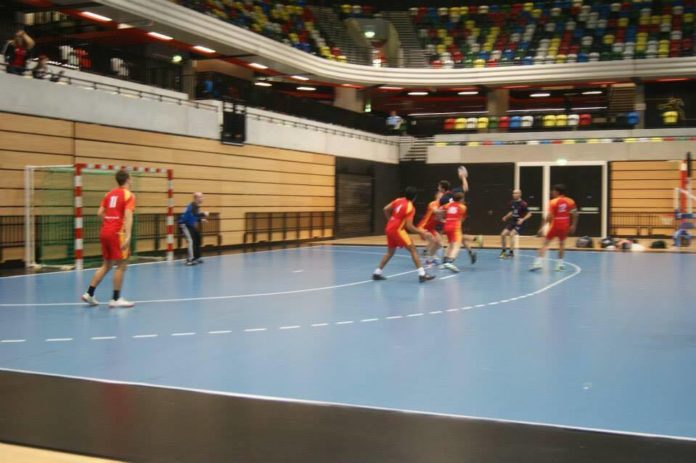Handball is something of a niche sport in the UK but its profile has been raised in the aftermath of the London Olympics. The Copperbox at the Queen Elizabeth Park provides a superb venue for the sport.
Handball was first played in the 19th century in Germany, and Scandinavian countries such as Sweden and Norway. It is played using only the hands and is a 7-a-side sport consisting of six outfield players and one goalkeeper on each team. The aim is to put the ball in the opposing team’s goal with the winner being the team that has scored more.
The sport is mainly played in Europe, but it is beginning to gain exposure in other countries around the world. Europe can be considered the dominant force in the sport with Brazil’s women’s team being the only nation from outside of Europe to win a World Championship, when the South Americans beat Serbia 22-20 in 2013.
Handball is quite a physical sport with opponents allowed to make contact with each other in order to stop each other scoring, however this contact can only be from the front and not behind an opponent. There are a few rules to get to grips with . A handball match is officiated by two referees one that stands behind the goal and one that is on the field of play.
Throws
The throw-off is similar to a centre kick in football. A throw-off happens at the beginning of each half and after a goal is scored. The throw-off takes place on the halfway line and all players from the defending team must be in their own half with a distance of three metres from the thrower. All players from the attacking team must stay in their own half until the ball is thrown.
There is also a throw-in which is again quite similar to a throw-in that takes place in football, where if the ball goes off an opponent out of play down the sides the other team is awarded a throw. There are a few differences: if the ball hits the ceiling a throw-in is awarded. Also if the ball touches an outfield player from the defending team behind the goal a corner throw is awarded.
A free-throw is given when a foul is committed outside of the nine-metre line. The team which has the free throw can attempt to shoot at their opponents goal or pass it to another player on their team. This differentiates from a seven-metre penalty throw which is given for a severe foul in between the seven-metre line and the nine-metre line, if foul is not deemed severe enough a free throw will be taken from the nine-metre line. When a player has a free throw of any kind, one foot must remain on the floor when releasing the ball.
Basics
Another basic rule is that a player can’t pass back to the goalkeeper if he/she is in their area; if they are outside the area then a player is allowed to pass back to the goalkeeper. A player can’t double dribble which means, if you stop running with the ball you can’t then restart running with it again. When dribbling stops a player can take three steps and must release the ball within three seconds.
A player is given a yellow card as a warning. If the player then commits another foul the referee can send the player for a two-minute suspension. If a referee gives three yellow cards to different players in the same team, no more yellow cards will be shown and the referee will automatically start giving out two-minute suspensions to players.
These are the basics. If you want to get to grips with handball there are plenty of clubs to go and watch, including Newham Flames who play their home games at the Copper Box. It is a high tempo sport and there usually quite a lot of goals – so go out and catch a game.




